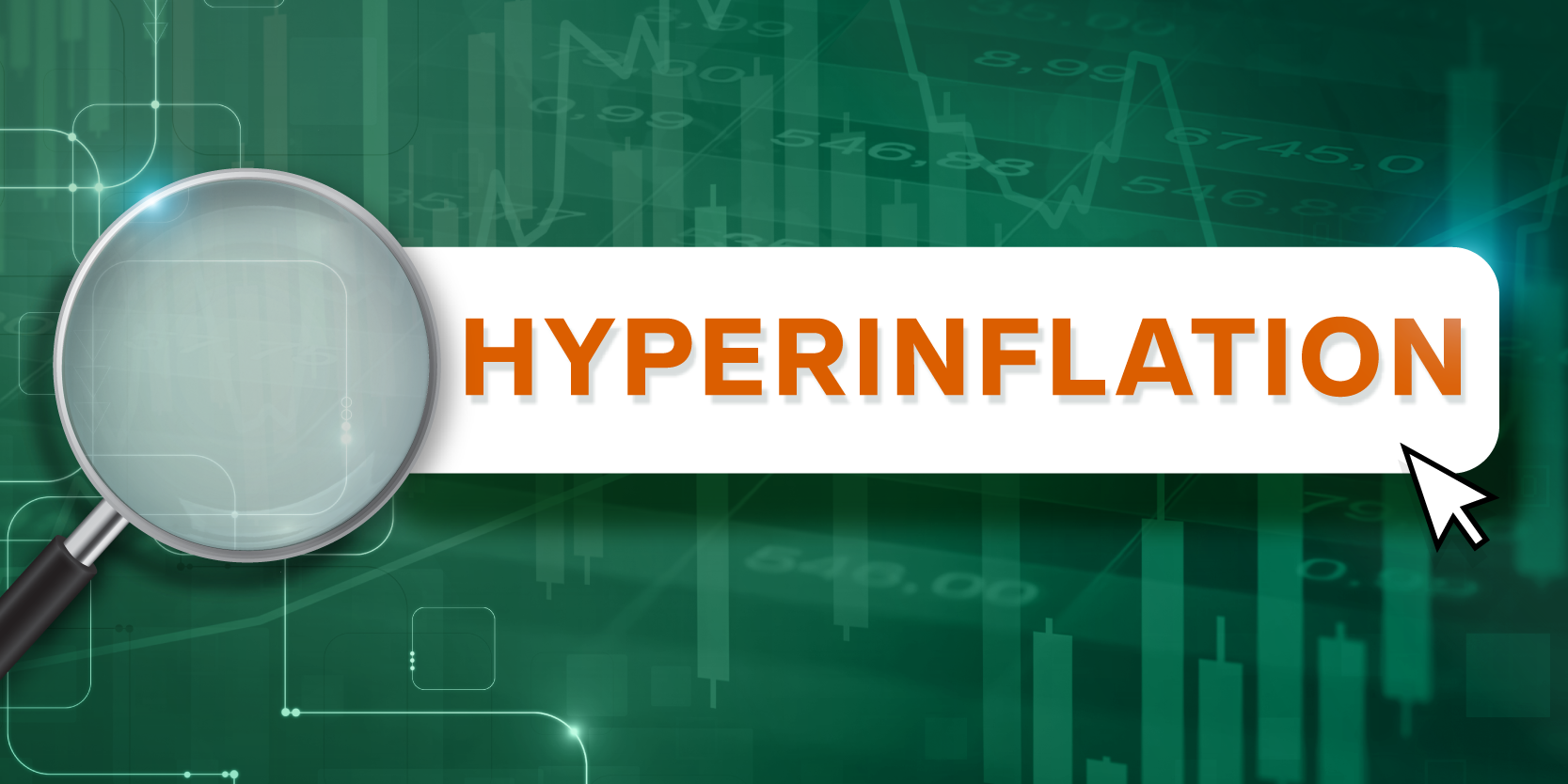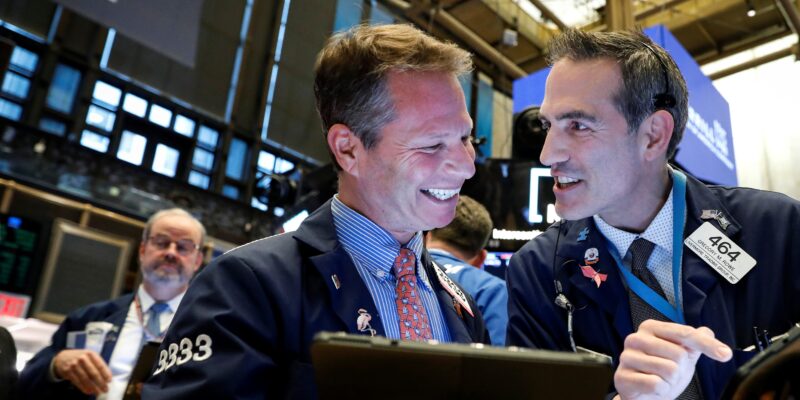
Rachel Mendelson/Insider
- Hyperinflation is when inflation – the increasing price of goods and services – rises uncontrollably for a period of time.
- Governments responding to a crisis by printing money can lead to hyperinflation.
- You may be able to protect wealth from hyperinflationary by investing in non-cash assets, such as commodities or real estate.
- Visit Insider's Investing Reference library for more stories.
Your money's value depends on the goods and services you can buy with it. But what happens when prices start to rapidly increase – and they just keep going up? Hyperinflation describes this scenario, and it's often triggered by a major disaster or war, and a government's response to print more money.
What is hyperinflation?
Hyperinflation describes a situation when the cost of goods and services rapidly increases. "One definition of hyperinflation is inflation of more than 50% per month, which is about 600% per year," says Aleksandar Tomic, associate dean for strategy, innovation, and technology at Boston College. But that's just the starting point. "Hyperinflation can easily go to millions of percent per year," adds Tomic.
To better understand hyperinflation, it can be helpful to first define what "normal" inflation is. In short, inflation is the rising cost of goods and services over time. A low level of inflation, such as 2%, could be a sign of a healthy economy. Slowly increasing prices can encourage people and businesses to spend or invest their money, which can help keep the economy moving along.
You may notice inflation over time, as prices for basic products slowly increase. But imagine seeing the cost of a gallon of milk double every few months. Or, as was the case in Hungary after World War II, prices doubling every 15 hours.
What causes hyperinflation?
A variety of situations can lead to "normal" inflationary rates, such as demand outpacing production, manufacturers' cost of goods rising, or the Federal Reserve increasing the money supply. But a more dire situation and response may be required for inflation to turn into hyperinflation.
"[Hyperinflations] usually occur when a weak government attempts to fund its expenditures through printing money instead of other forms of taxation," says James Angel, associate professor of finance at Georgetown University's McDonough School of Business.
Often there's an initial trigger, such as a war, social uprising, or supply shock - an event that unexpectedly leads to a sudden increase or decrease in the supply of a good or service. The situation may be worsened when the government has debt in a foreign currency or the supply shock hits its export industries.
If the government can't pay its required expenses with taxes or debt alone, it may try to cover its domestic and foreign payments by printing money. But as the government prints and disburses money, people and businesses may realize their cash could be worth much less next month. They'll try to spend it right away, leading to an increase in demand that drives prices up. And, because prices are now higher, the government may print even more money to keep up.
Once hyperinflationary periods begin, it can be difficult to rein inflation back in. "People do not often understand how quickly inflation can get out of control due to lack of political will to tame it," says Tomic. Often, drastic measures are needed to stop hyperinflation, such as strict austerity measures or changing the basis for a nation's currency.
Can you protect yourself from hyperinflation?
Governments may be able to put measures in place to prevent or stop hyperinflation. As an individual, there are also some actions you could take to try and protect your assets if you think your country is headed into hyperinflation.
"Generally, investors can invest in hard assets and/or foreign currency, including cryptocurrencies," says Tomic. "[But] it can be difficult for investors to protect against hyperinflation as oftentimes capital controls are put in place during hyperinflationary episodes."
Angel agrees that holding non-cash assets can help investors hedge against inflation. "These include real estate, physical objects, precious metals, and common stocks," he says. However, he doesn't suggest using cryptocurrencies, as their prices may be too volatile to offer security.
The financial takeaway
Hyperinflation describes high levels of inflation, such as at least 50% per month. The root cause may be tied to a natural or manmade disaster that leaves a country's government saddled with expenses that it can't afford to pay with its tax revenue or by borrowing money. In response, the government may turn to printing money and increasing the denomination of its currency.
Living in a hyperinflationary period can be difficult as the value of your money quickly decreases. "In such an environment any planning becomes meaningless, and oftentimes people and businesses will move to barter rather than continue using currency," says Tomic. However, investors may be able to protect some of their wealth if they invest in assets that aren't linked to the currency.










